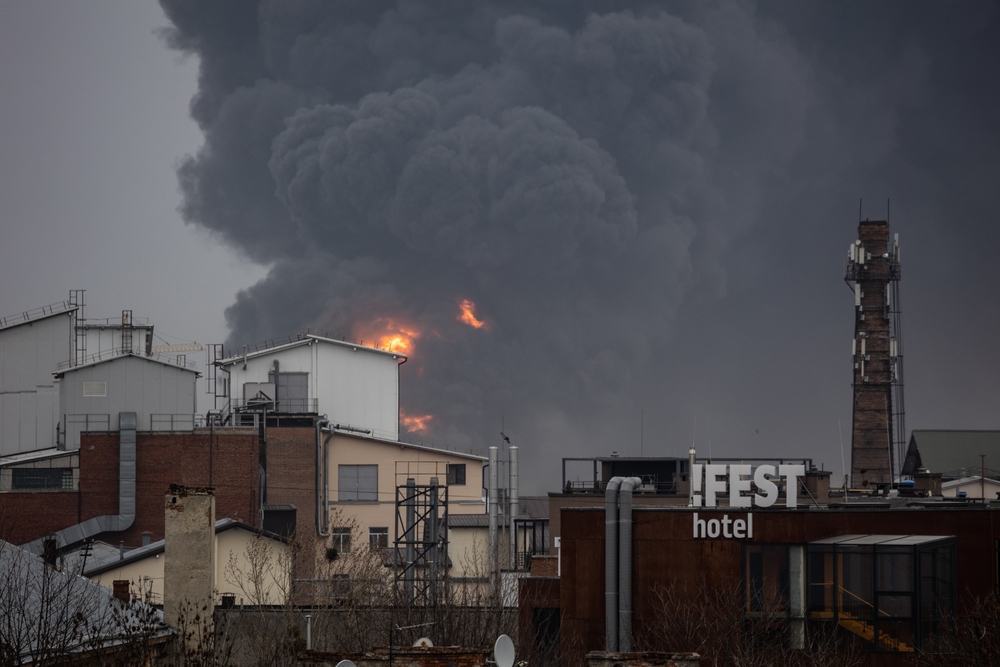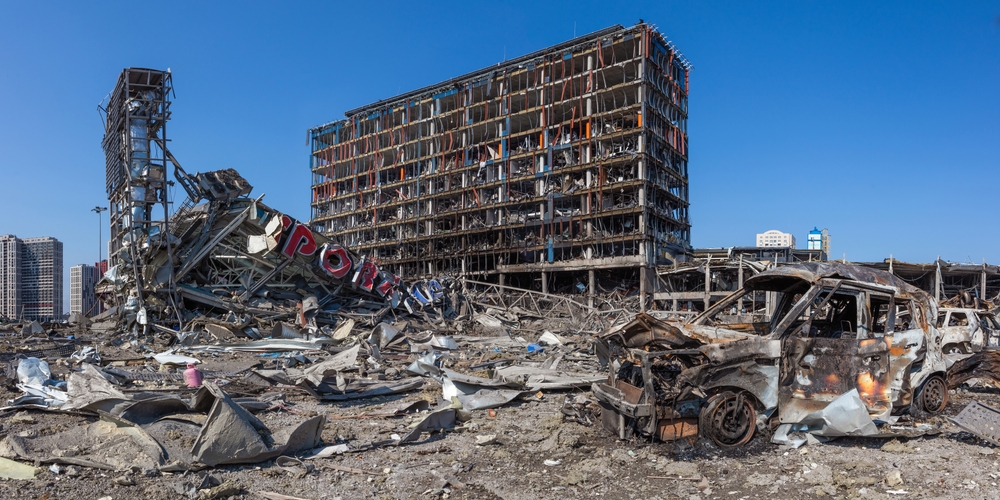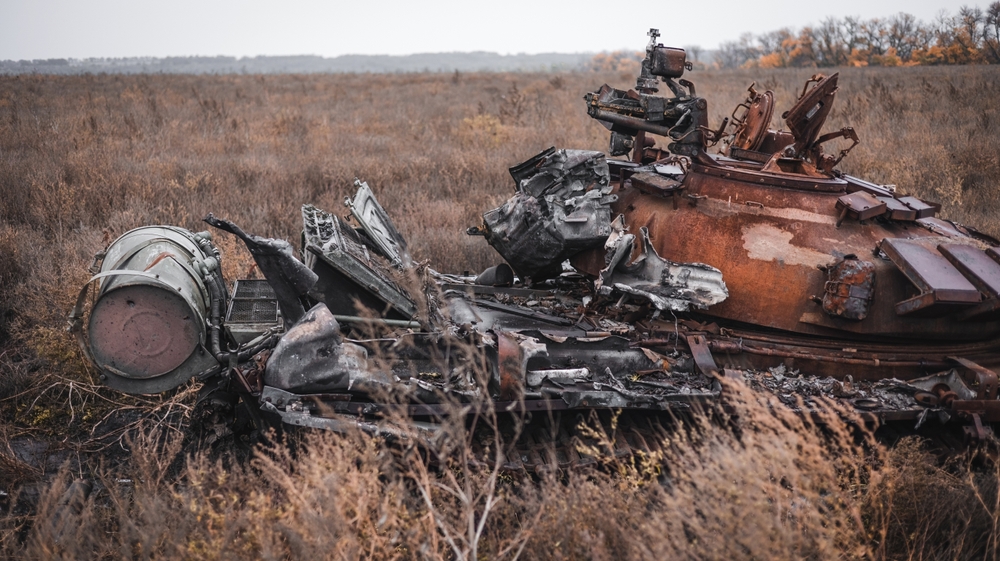About a year ago, on 24 February 2022, Ukraine was invaded by the Russian Federation. The consequences of the ongoing war have been catastrophic. As of the beginning of March 2022, over 8,000 civilians have been killed, more than 13,000 injured, and about 8.1 million people have been forced to leave Ukraine. The war has also left 17.6 million people inside Ukraine in urgent need of humanitarian support, according to data from the UNHCR. Beyond the terrible human hardships, there has been significant damage to the Ukrainian environment which will be felt long after the cannons are gone.
Environmental consequences of war in the past
The environmental impact of war is a well-documented issue. Deforestation, pollution and the breakdown of waste management are some of the issues commonly caused by conflicts around the world.
For instance, warfare in World War I caused significant changes to the landscape. It has left some agricultural land unusable to this day, due to craters, contamination and unexploded landmines.
Another example is the usage of the now-banned herbicide Agent Orange during the Vietnam War. It was used as a weapon by the American military and left a toxic by-product called dioxin, which is still found in soil and sediments. According to estimates by the Vietnam Red Cross, three million people have been affected by this toxin since the war, with about 150 000 children born with serious birth defects.
Fifteen years after the end of the Vietnam war, damage to about 800 oil wells during the Persian Gulf War led to immense air pollution by soot, sulphur dioxide and carbon dioxide, as well as the release of large amounts of oil into the ocean, negatively affecting marine life around the Arabian Peninsula.
Damage to the environment in Ukraine
The final effects of the war in Ukraine on the environment are yet to be seen. The damage so far includes the release of toxic substances caused by abandoned military equipment, such as vehicles and used ammunition, and damage to industrial facilities.


Abandoned military equipment, such as tanks, vehicles and used ammunition risk emitting toxic substances, including explosives and heavy metals, into the water and soil. Toxic substances contaminating the soil can be absorbed by plants, and eaten by animals and humans, leading to adverse health effects. Some of these toxins remain in the soils for a long time, with lead (one of the historically most frequently used heavy metals in ammunition) needing 700 years to halve its concentration level.
Refineries, energy facilities and chemical plants hit by military operations have caused pollution to the air, water, and soil. Incidents involving damage or destruction of such industrial facilities have been reported at least at 628 sites, with 43.6 % of those considered highly hazardous to the environment. Pollution from these industries can cause serious health problems in humans, such as heart damage, damage to the immune system, respiratory issues, increased risk of cancer, and, in severe cases, death. These effects may be seen across borders.
The Russian Federation has many times been accused of targeting civilian infrastructure. Except for primarily being a tragedy for the Ukrainian people, damage to housing, energy, and water infrastructure causes threats to the environment via contamination of asbestos, PCB, and heavy metals.


Legal outlooks
International Humanitarian Law prohibits the intentional cause of severe, widespread and long-term environmental damage. Though having been added to the Geneva convention in 1977, the environmental damage caused by war has only been part of international debate once: in the aftermath of the Persian Gulf War when the Security Council of the United Nations (UN) set up a commission. It is highly unlikely that such an action will be seen regarding the war in Ukraine due to the Russian Federation’s veto power in the UN Security Council. To bring up the issue through the International Criminal Court in the Hague is not an alternative either, since environmental crimes are not handled in that court. Instead, the Ukrainian government is looking to file suits in foreign national courts in hopes of freezing and securing Russian assets to fund reconstruction in Ukraine. The outcomes of these attempts are left to be seen.
As evidenced above, modern warfare makes the environment suffer. Though its full scope is still unknown, it is safe to say that the Russian invasion of Ukraine will not be an exception. The trail of abandoned military equipment and damaged infrastructure will leach out toxins that stay in the environment far beyond the end of the war. In the end, it is the local population that will be forced to live with the consequences, in the form of destroyed natural resources, as well as health issues and sickness. No financial compensation can ever undo the harm done to those affected by the war in Ukraine.
By Sigrid Jämting








